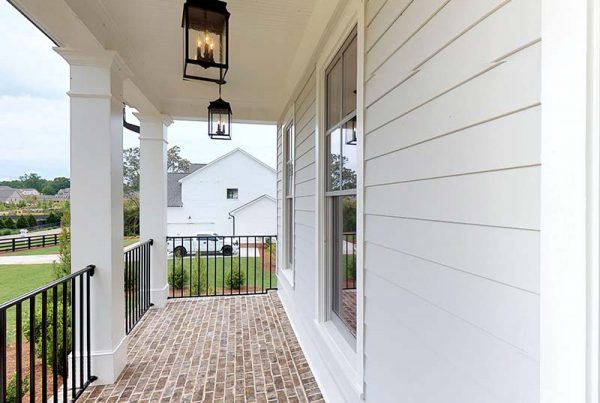Warning: Before you work on any aspect of your electrical system, make sure you’ve turned the power source off. Better yet, call an electrician — 1-877-563-5328 — to help you safely repair or install electrical components around your home.
A 240-volt outlet is a power line with two 120 volt lines (Phase A & Phase B) with an acceptable range of voltage from 228 volts to 252. Historically, 240 has been referred to as 220, because the voltage range starts in the two-twenties.
 Both phases (A & B) are fed into the house from the streetside power source. A house will have two phases of hot wires while also having a neutral (for recycling unused electricity) and a ground wire — in newer homes (for safety reasons).
Both phases (A & B) are fed into the house from the streetside power source. A house will have two phases of hot wires while also having a neutral (for recycling unused electricity) and a ground wire — in newer homes (for safety reasons).
For What Electronic Devices Is a 240 Powered Line Used?
There are two primary types of 240 plugs. The first version is what’s currently used in newer homes with an older version that does not have a ground wiring These 240 outlets and their corresponding plugs are much larger than the standard 110 outlets used for most electronic devices. 240-volt powered devices include the following home appliances:
- Ranges
- Electric Cars
- Dryers
- Ovens
- Furnaces
- Water Heaters
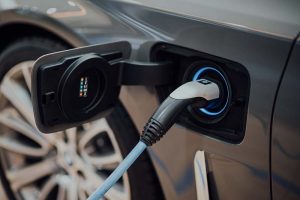 In countless cases, these appliances (most often water heaters, furnaces, and ovens) are hard-wired, meaning you cannot unplug them. To unplug, or change the wiring, you must unbolt the wiring nuts from the appliance.
In countless cases, these appliances (most often water heaters, furnaces, and ovens) are hard-wired, meaning you cannot unplug them. To unplug, or change the wiring, you must unbolt the wiring nuts from the appliance.
The hard-wiring does make the appliance slightly safer since there is no opportunity to cause a spark if the plug is not fully plugged into the outlet. Unless you have a freak incident where someone happens to drop a butter knife right between this plug gap, you and your home will still be safe if you’ve got the plug version.
What Does 240 Outlet Look Like? Why So Many Plug Prongs? Why Have A Ground Prong?
The modern version (in newer homes) contains four prongs (while the older model only has three). These four prongs in the contemporary plug are made up of two hot prongs (Phase A and Phase B), one neutral wire prong, and one ground wire prong.
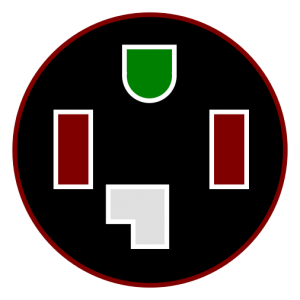 To help you know which prong is which, they are uniquely shaped to help you distinguish the difference. The hot prongs are shaped rectangularly each running 120 volts (114-126 volt range). The ground prong looks like a half-moon sitting on the horizon. The neutral wire is in the shape of an L directly across from the ground prong. The two hot prongs are generally found on the left and right side, although sometimes the outlet can be installed sideways or upside down (intentionally or by accident).
To help you know which prong is which, they are uniquely shaped to help you distinguish the difference. The hot prongs are shaped rectangularly each running 120 volts (114-126 volt range). The ground prong looks like a half-moon sitting on the horizon. The neutral wire is in the shape of an L directly across from the ground prong. The two hot prongs are generally found on the left and right side, although sometimes the outlet can be installed sideways or upside down (intentionally or by accident).
The older 240 plugs lack a ground wire (only three prongs), making them less safe than the modern version which has this grounding. The primary risk that comes without having a ground wire is dependent on how much power is being drawn for the device or appliance. If there is enough power drawn to create a fire or fuel sparks a ground wire is the safer approach.
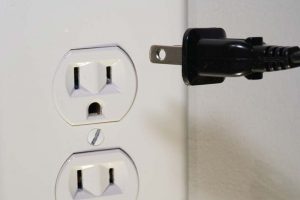 The other risk factor has to do with the material (metal, plastic, or wood) that makes up the device or appliance. If the electricity can conduct through the device (because it’s primarily made of metal) to a person, the grounding is essential for preventing people from getting electrocuted. Our branch manager, David Smith, prefers a grounding on all his cords, but it’s not written in the electrical code.
The other risk factor has to do with the material (metal, plastic, or wood) that makes up the device or appliance. If the electricity can conduct through the device (because it’s primarily made of metal) to a person, the grounding is essential for preventing people from getting electrocuted. Our branch manager, David Smith, prefers a grounding on all his cords, but it’s not written in the electrical code.
Why Does A 240 Volt Powering Option Exist?
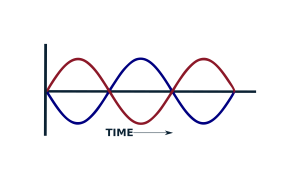 If you’re like me, you may be wondering, why does a 240 exist at all. Why not just have an appliance with two plugs? In addition to a simpler and focused solution, the 240 also runs only one neutral wire making it a more efficient powering option.
If you’re like me, you may be wondering, why does a 240 exist at all. Why not just have an appliance with two plugs? In addition to a simpler and focused solution, the 240 also runs only one neutral wire making it a more efficient powering option.
Also, the hot wires connected to a 240-volt plug are not always active. Instead, they oscillate on and off sixty times per second. Think of phases A and B as a boxer swinging a left and right hook one after the next as visualized in the graphic.
How Does The 240 Volt Line Connect With The House Circuit Breaker?
Working in an electrical panel is extremely dangerous. We recommend not working on your panel and instead, calling an electrician — 1-877-563-5328. David Smith, our branch manager spent two years of training before he first worked in a panel many years ago, and when he finally did, he was concerned about the potential consequences of not handling it safely. If you have the experience and need a quick reminder of the setup, read on below. And, be sure to turn off your main breaker before doing any work in the panel.
Now that you know what is a 240-volt power line and how the plug interfaces with it, let’s now talk about how it’s connected to the electrical panel for your entire home.
To turn off the house power, locate the switch outside of the house (for newer homes and all houses built during 2020 or later), or above the electrical panel. If it is located above the electrical panel, remember that the power at that point to the point where power goes to your house is still hot.
In your electrical box, there are four connection points. A neutral bar (white), a ground wire bar (copper or green), phase A, and phase B. Unlike standard breakers, a 240 Volt breaker will span both phase bars in the panel. This makes it twice as large as a standard 110 breaker that alternates between the two phases.
Hire An Electrician — The Danger of Working On Your Electrical System
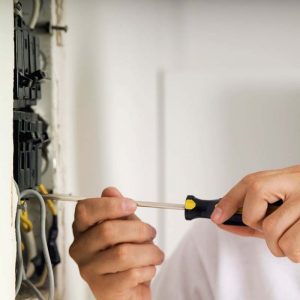 Whether your working on a 240 powerline or 110, act responsibly. Even with 240 being more powerful, statistics show us that more people are actually killed by 110-volt power lines.
Whether your working on a 240 powerline or 110, act responsibly. Even with 240 being more powerful, statistics show us that more people are actually killed by 110-volt power lines.
Don’t underestimate the dangers of electrocution which can vary based on the amount of time someone is shocked, the currents and flow of electricity, the amount of water in your body, and whether you are standing in water.
Instead of navigating all of these dangers, we recommend working with a certified and experienced expert to help you gain the function you’re seeking while keeping your family and home safe. Give L&M Electric a call at 1-877-563-5328 to repair or install your next 240-volt outlet.



